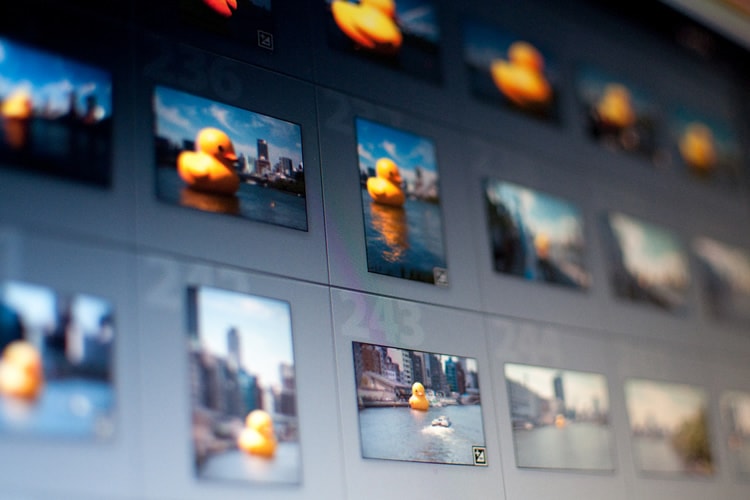Just How Much Editing Is Too Much Editing?
Last year, the winner of a prestigious landscape photography competition – Take a view – was stripped of his title. David Byrne lost his title and prize money as it was deemed that he’d employed excessive digital manipulation.
Using Photoshop, Byrne had added extra clouds to the sky in his black and white image for added dramatic impact. But several photographers then took to their blogs to point out that the varying lights and shadows in the photograph were realistically impossible, leading to his disqualification.
Byrne stated afterwards that:
I added clouds because the sky was a bit boring. Unfortunately, while I don’t feel like I have done anything wrong, I didn’t read the regulations and it does say that replacing the sky is not allowed. The purists out there were not happy. Messing about with pictures has been done for over 100 years. I treat my photography as art and I try to make the best looking picture.
The decision by the judges to disqualify Byrne raises some interesting questions – namely, how much editing is too much editing?

image by Yu Morita
In today’s photographic world, digital manipulation is so common that most of us don’t think twice about it. As a pro, I’m aware that clients expect a certain amount of retouching to take place (even if they aren’t prepared to pay any extra for it) and I’ve become resigned to the fact that everyone wants to look 10 years younger and 20 pounds slimmer!
But as a photographer whose background and learning is firmly based in the film tradition, I’m firmly of the belief that Photoshop is best used as a digital darkroom.
Learning The Basics
I’ve done a small amount of teaching on the side for the last ten years or so and I insist that all my students learn how to do things properly. By this I mean that they have to learn how to use their ISO, shutter speed and aperture correctly and they must be able to produce a correctly exposed image without relying on the often-inaccurate LCD screen of their DSLRs.
It sounds simple, but so many students seem surprised that they need to bother learning the basics. There is a misconception amongst some new students of photography that everything can be done in post-production, which certainly doesn’t help with finding a happy medium ground when it comes to editing work.
Drawing The Line
So where does one draw the line? I have nothing but admiration for the fantastic digital imagery that talented retouchers can produce. The kind of digitally layered pieces that they create are a different kind of artwork entirely.
But when it comes to a photograph, I do believe that a line needs to be drawn. A photograph should remain recognizable as a photograph. There used to be so much skill involved in taking a photograph. Beyond the understanding of the fundamentals and basics needed to get the correct exposure, photographers needed an explicit understanding of light – the way it works and how it alters a photograph.
To loose those skills entirely because things can be manipulated on an editing programme such as Photoshop seems a step too far. That isn’t to say that applications such as Photoshop don’t have their place.
As a portrait photographer, it is undoubtedly an advantage to be able to remove blemishes from clients’ skin, or produce black and white shots at the touch of a button by setting up a suitable Photoshop Action for example. There are also some fantastically useful tools in Photoshop – the simple ‘dodge’ and ‘burn’ tools that allow you to lighten or darken small areas of a photo, or the amazing ‘content aware’ fill tool that lets you remove unwanted objects in a few simple steps.
Little tweaks like this are undoubtedly useful to all photographers. But surely the original ‘scene’ that the photographer has captured should remain the same?
The essential essence of a great photograph has to be there from the moment the shutter button is pressed. Yes, you can manipulate images way beyond the original, but something is lost in doing so. A truly exceptional image is the one you see before your eyes when you press the shutter and it’s the ability to see that shot that makes a great photographer.
What do you think? Make sure you share your opinion in via Twitter or Facebook!
